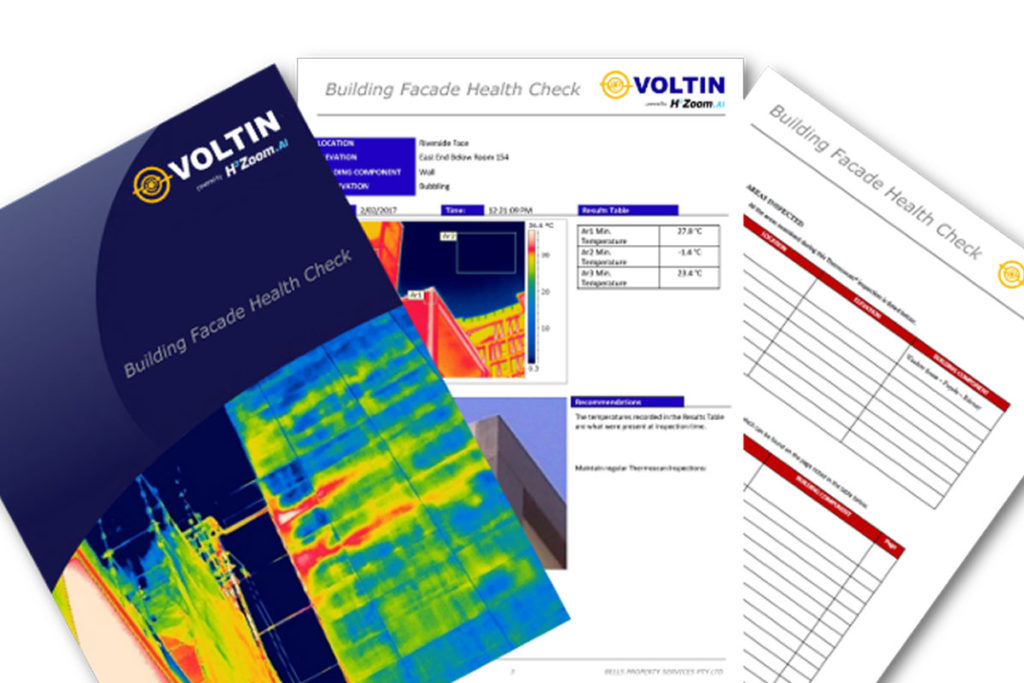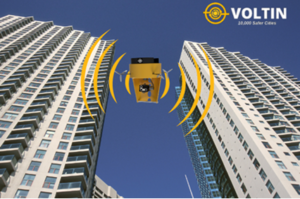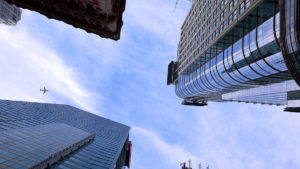The Value of Preventative Maintenance.
A building envelope is the physical barrier between the interior and exterior of a building. Components of the envelope typically include: roofs, some floors, exterior walls, and openings for doors, windows, skylights, and architectural features.
The envelope provides structural resistance to wind, seismic, and gravity loads. It also provides environmental protection from the elements, including moisture and temperature.
While there is often overlap, condition assessments and failure investigations of the envelope can be broken down into two categories: structural and waterproofing. Bells and Thermoscan’s inspectors are cross trained in both.
The façade may experience degradation due to normal wear and tear and chemical exposure. Moisture, either penetrating the exterior or escaping the interior of a building, can cause rust and deteriorate supports. Water vapour pressure trapped within the veneer along with freeze/thaw action can result in cracks and spalls. Building movement in the form of shortening, caused by creep and shrinkage, and foundation settlement can cause cracks, spalls and buckling of the façade. Differential expansion and contraction, caused by temperature and moisture changes, can also lead to similar failures.
Regular façade inspections play a key role in preventative maintenance by helping building owners identify problem areas earlier. Regular inspections and assessment allows for smaller, more manageable maintenance projects that extend the service life of building assets and reduce the risk of unexpected and costly repairs.
What Does a Health Check Inspection Look Like
Regular façade inspections play a key role in preventative maintenance by helping building owners identify problem areas earlier. Regular inspections and assessment allows for smaller, more manageable maintenance projects that extend the service life of building assets and reduce the risk of unexpected and costly repairs.









